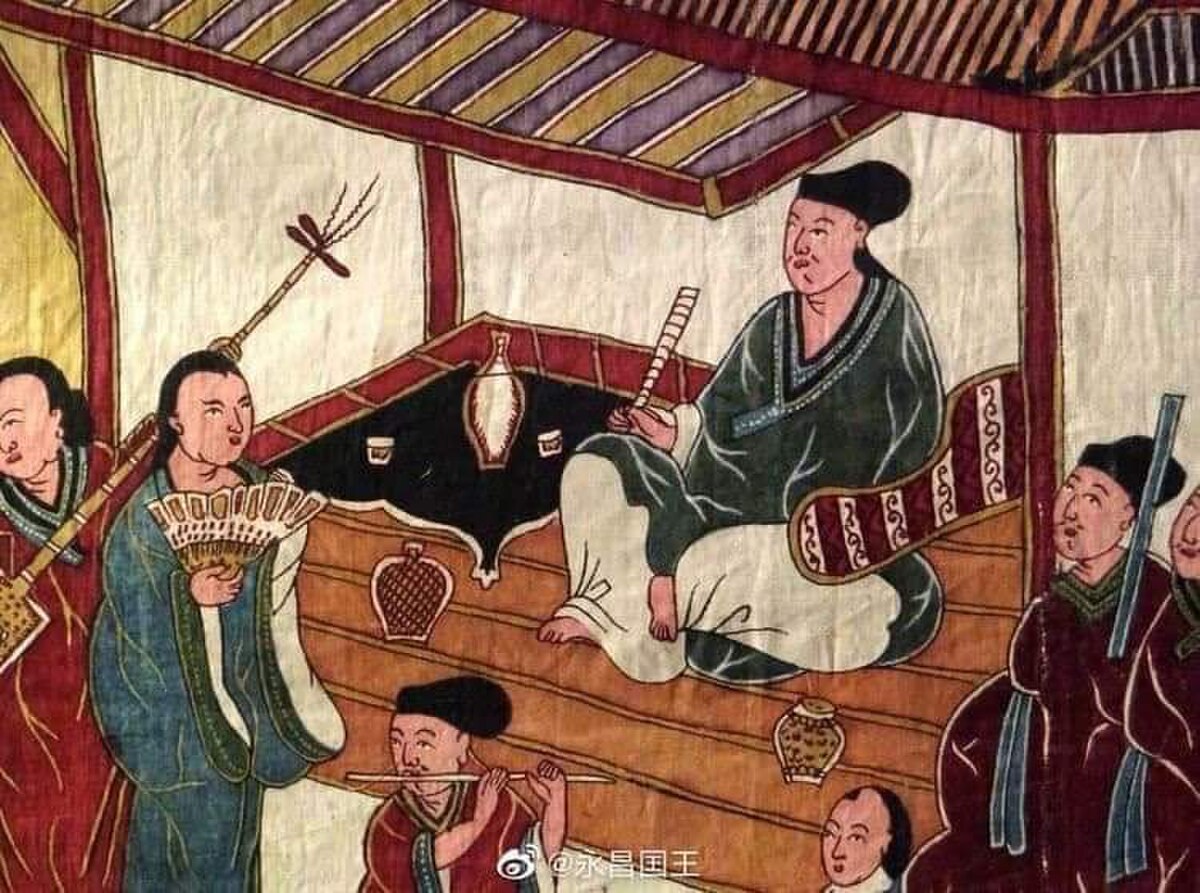
Lê Dynasty
VietnamThe Lê dynasty, also known in historiography as the Later Lê dynasty, was the longest-ruling Vietnamese dynasty, having ruled from 1428 to 1789, with an interregnum between 1527 and 1533. The Lê dynasty is divided into two historical periods: the Primitive Lê dynasty (1428–1527) before the usurpation by the Mạc dynasty, in which emperors ruled in their own right, and the Revival Lê dynasty (1533–1789), in which puppet emperors reigned under the auspices of the powerful Trịnh family. The Revival Lê dynasty was marked by two lengthy civil wars: the Lê–Mạc War (1533–1592) in which two dynasties battled for legitimacy in northern Vietnam and the Trịnh–Nguyễn War (1627–1672, 1774-1777) between the Trịnh lords in North and the Nguyễn lords of the South.
The dynasty officially began in 1428 with the enthronement of Lê Lợi after he drove the Ming army from Vietnam. The dynasty reached its peak during the reign of Lê Thánh Tông and declined after his death in 1497. In 1527, the Mạc dynasty usurped the throne; when the Lê dynasty was restored in 1533, the Mạc fled to the far north and continued to claim the throne during the period known as Southern and Northern Dynasties. The restored Lê emperors held no real power, and by the time the Mạc dynasty was finally eradicated in 1677, actual power lay in the hands of the Trịnh lords in the North and Nguyễn lords in the South, both ruling in the name of the Lê emperor while fighting each other. The Lê dynasty officially ended in 1789, when the peasant uprising of the Tây Sơn brothers defeated both the Trịnh and the Nguyễn, ironically in order to restore power to the Lê dynasty.
Overpopulation and land shortages stimulated a Vietnamese expansion south. The Lê dynasty continued the Nam tiến expansion of Vietnam's borders southwards through the domination of the Kingdom of Champa and expedition into today Laos and Myanmar, nearly reaching Vietnam's modern borders by the time of the Tây Sơn uprising. It also saw massive changes to Vietnamese society: the previously Buddhist state became Confucian after the preceding 20 years of Ming rule. The Lê emperors instituted many changes modeled after the Chinese system, including the civil service and laws. Their long-lasting rule was attributed to the popularity of the early emperors. Lê Lợi's liberation of the country from 20 years of Ming rule and Lê Thánh Tông's bringing the country into a golden age was well-remembered by the people. Even though the restored Lê emperors' rule was marked by civil strife and constant peasant uprisings, few dared to openly challenge their power for fear of losing popular support. The Lê dynasty also was the period Vietnam saw the coming of Western Europeans and Christianity in early 16th-century.
